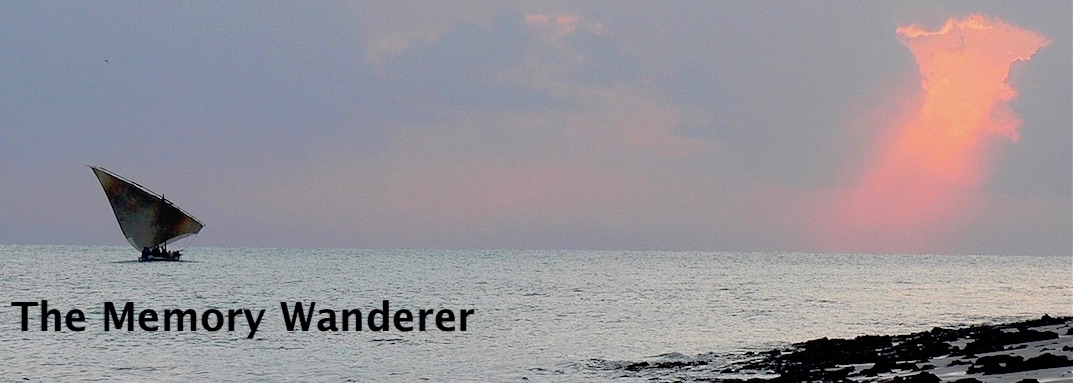The origin of the lateen sail of the western Indian Ocean is disputed, with some experts saying that it was developed in the Mediterranean some time before 400AD while others argue that the Mediterranean seafarers copied it from the Arabs. Others suggest that the Arabs only learned to use the lateen sail after the arrival of Portuguese caravels in the Indian Ocean - that is, after Vasco da Gama's epic voyage of 1497. Whatever its origin, the Arabs of the Persian Gulf and the peoples of eastern Africa adopted it and continue to use it to this day.
The term 'dhow' is used loosely to describe any of the larger cargo boats which sail this coast but I think of it as referring to the bigger, oceangoing boats, the ones which, for hundreds of years, plied a trade between the Arabian Gulf, the western coast of India, and East Africa. They set off for East Africa from their home ports with the rise of the kaskhazi, the northeast monsoon, in November and returned with the coming of the southeast monsoon, the kusi, starting in April. They brought copperware, carpets, storage chests, salt, tiles, and food such as dates, while on their return journey they carried hardwoods, ivory and rhino horn, precious stones and gold, coconut products, mangrove poles, spices and, in the old days, slaves.
When we were children in Mombasa the Old Port used to be filled with these magnificent vessels. Sadly, today, they have disappeared.
There were several types of oceangoing dhow, largely depending on their country of origin. Mike Chetham, in his article in the November 1950 edition of Country Life in which he described the dhows which came in to Zanzibar, distinguished three, the twin-masted Omani boom (or boum), the Muscat baghlah (pictured above), and....
....the Omani bedeni. Dhows were very special - I kept this picture of a bedeni with me for years when I was at boarding school in England.
Mike Chetham's article is available to download here.
Many thanks to Tony Chetham for the two black-and-white photos
and permission to use his father, Mike's article on Zanzibar's dhows.
and permission to use his father, Mike's article on Zanzibar's dhows.



















































